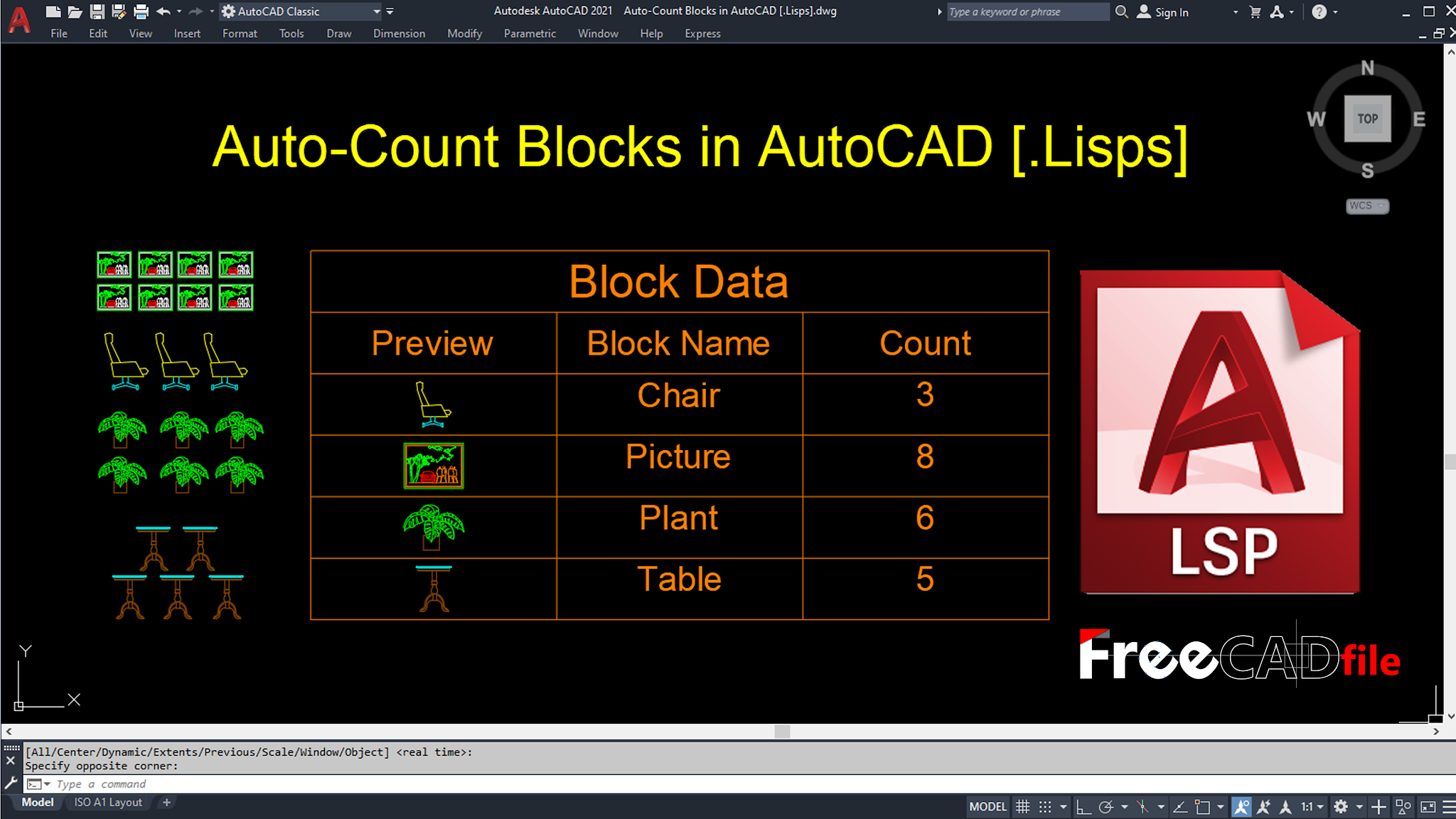
Autocad Lisp Command Series Of Architectural
Arcl.lsp This simple lisp routine draws that an arc leader.USE FOLLOWING COMMAND. Its free to sign up and bid on jobs.By Kenny Ramage List Manipulation - Part 1Archlisp.zip A series of architectural lisp commands such as dsda.lsp - Draws a double swing, double acting door, dssa.lsp - Draws a double swing, single action door, gd.lsp - Draws a garage door, ceiling.lsp - Draws a ceiling grid, and many other routines. If you wanted to draw a line between two user-supplied points on the screen, you’d do the following: Type in LINE to start the line command Click POINT for first point location Click POINT for second point location Type in ENTER to halt the commandSearch for jobs related to Autocad lisp commands or hire on the worlds largest freelancing marketplace with 19m+ jobs. Possible examples of talking to AutoCAD via the AutoLISP command line interface.
RESTART YOUR AUTOCAD AND OS. USE WBLOK AND WORK IN NEW WBLOCKED FILE. OPEN IN 2012 AND ABOVE IT WILL SPEED UP YOUR DRAWING.
This function returns the first element of a list. Type this : (setq pt1 (getpoint "\nChoose a Point : "))AutoLisp should return something like this : (127.34 35.23 0.0)Fine, you say, I've got a list but what do I do with it?AutoLisp has many functions available to manipulate lists.The primary command for taking a list apart is the "Car" function. A list can contain any number of Reals, Integers, Strings, Variables and even other Lists.Let's have a look at a list.
CaddrThis returns the third element of a list. (The y coordinate) (setq b (cadr pt1))Likewise, there is another abbreviated function to return the third element. CadrThis returns the second element of a list. AutoLisp has provided the "Cadr" function which is basically an abbreviation of a nested command. For example : (setq b (cdr pt1))But what if we only wanted the second element? We could write : (setq b (car (cdr pt1)))But there is a better way.
NthThe syntax for the nth function is as follows : (nth num list)"num" is the number of the element to return. This is the "nth" function. You can, though, us another function to access any element of a list.
Let's say you have two elements : (setq a 200.0)You want to combine them to create a new list. List Manipulation - Part 2We've now managed to extract elements from a list, but what do you do if you want to create a new list. For example given the list : (setq d '("M10" "M20" "M30" 10.25))In part 2 we will look at a practical example of using these functions.


We're currently revamping the entire site to bring you updated tutorials and a better user experience. Ta Ta for Now…‘ Hey, what's happened to AfraLISP?’ If you've visited our site before, you'll notice some big changes. These two routines could both be loaded from our Acad.Lsp file so that they would be available to all of your routines.If you would like the source coding for this AutoLisp Tutorial then Click Here. (defun varget ()(setq lis '("HIGHLIGHT" "BLIPMODE" "CMDECHO" get the value of the system variables and store the new values of the system variables *************************************************************** reset the variables to their original valuesOur Autolisp routine could now look like this : (defun c:example () store system variables and then reset themAs you can see, we have reduced the size of our routine by a lot and saved ourselves quite a bit of typing.
Lee Mac - AutoLISP Tutorials and Programmes AutoLISP Learning Resources


 0 kommentar(er)
0 kommentar(er)
